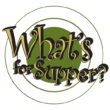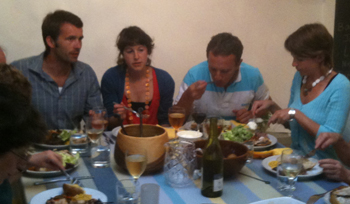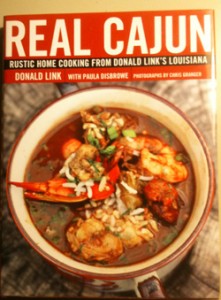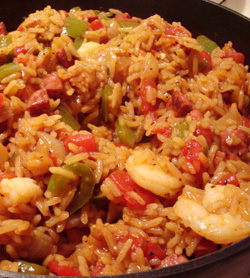The Allure of patek philippe: Navigating the World of fake nautilus Watches
Introduction to patek philippe and the nautilus
Patek philippe is a name that resonates with luxury and prestige in the world of horology. Established in 1839, this Swiss watchmaker has built a legacy characterized by meticulous craftsmanship, innovative designs, and a commitment to excellence. Among its many iconic models, the nautilus stands out as a symbol of elegance and sophistication. Designed by the legendary Gérald Genta in 1976, the nautilus was originally conceived as a sporty yet refined timepiece, blending the aesthetics of a luxury watch with the practicality of a diving watch. Its unique porthole-inspired case and integrated bracelet have made it a favorite among collectors and enthusiasts alike.
The Rise of the nautilus in Popular Culture
Over the years, the nautilus has transcended its function as a mere timepiece to become a cultural phenomenon. Celebrities, athletes, and influential figures often flaunt their patek philippe nautilus watches, further solidifying its status as a must-have luxury item. The combination of its distinctive design and limited availability has created a sense of exclusivity that appeals to watch aficionados. As demand continues to soar, so does the interest in acquiring a nautilus, leading many to explore the world of replicas and fakes.
Understanding the replica Market
The replica market has become a significant aspect of the luxury watch industry, particularly for high-demand models like the patek philippe nautilus. While some enthusiasts may seek out genuine pieces, others are drawn to replicas as a more affordable alternative. It’s essential to understand the nuances of this market, as it encompasses a wide range of quality and craftsmanship. Some replicas are crafted with impressive detail, closely mimicking the original, while others may fall short in both aesthetics and functionality.
Why People Choose fake nautilus Watches
There are several reasons why individuals opt for fake nautilus watches. The most obvious is the price. Authentic patek philippe nautilus models can command prices well into the tens of thousands, making them inaccessible to many. In contrast, replicas can often be found for a fraction of the cost, allowing enthusiasts to enjoy the aesthetic appeal of the watch without the financial burden. Additionally, some buyers may be motivated by the desire to experience the luxury lifestyle associated with owning a patek philippe, even if it is through a replica.
Quality and Craftsmanship in replicas
While the replica market is often associated with poor quality, there are brands that have gained a reputation for producing high-quality replicas that closely resemble the original nautilus. These replicas often feature accurate dimensions, similar materials, and even movements that mimic the original’s functionality. However, it is crucial for potential buyers to exercise caution and conduct thorough research before making a purchase. The risk of acquiring a low-quality fake that does not stand the test of time is a significant consideration.
The Ethical Dilemma of Buying fakes
The decision to purchase a fake nautilus raises ethical questions within the watch community. Many purists argue that buying replicas undermines the craftsmanship and heritage of luxury watchmaking. They believe that each patek philippe timepiece is a work of art, deserving of respect and appreciation. On the other hand, some argue that replicas can serve as a gateway for newcomers to the world of horology, allowing them to appreciate the design and engineering of luxury watches without the hefty price tag. This debate continues to be a contentious issue among watch enthusiasts.
Spotting a fake nautilus
For those who are considering purchasing a nautilus, whether authentic or rolex datejust rolex calibre 2836 2813 mens m126201 0034 hands and markers 12mm, it is crucial to know how to spot a fake. Many counterfeit watches may look convincing at first glance, but several telltale signs can reveal their true nature. One of the most critical aspects to examine is the weight of the watch; genuine patek philippe nautilus models are made with high-quality materials, giving them a substantial feel. Additionally, the finishing on the case and bracelet should be flawless, with no visible imperfections or rough edges. The movement is another area to scrutinize; authentic patek philippe watches feature intricate movements that are often difficult to replicate accurately.
Conclusion: The Future of the nautilus and the replica Market
The patek philippe nautilus will undoubtedly continue to hold its place as a coveted luxury watch, attracting both collectors and casual enthusiasts. As the demand for this iconic timepiece grows, so too will the how to spot fake rolex market. While some may view replicas as a viable alternative, others will always advocate for the authenticity and craftsmanship of genuine pieces. Ultimately, the choice lies with the individual, who must weigh their desires against ethical considerations and the true value of horological artistry.
In conclusion, whether one chooses to invest in a genuine patek philippe nautilus or explore the world of replicas, the journey into the realm of luxury watches is filled with fascination and discovery. The allure of the nautilus, combined with the complexities of the replica market, offers a rich tapestry of stories, experiences, and lessons for watch enthusiasts around the globe.



